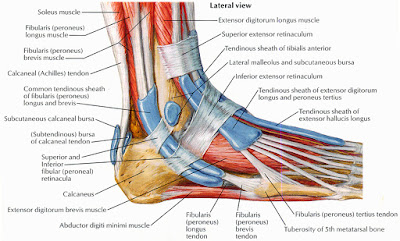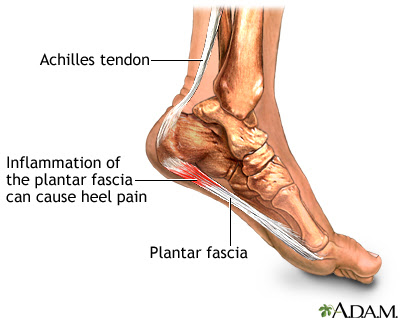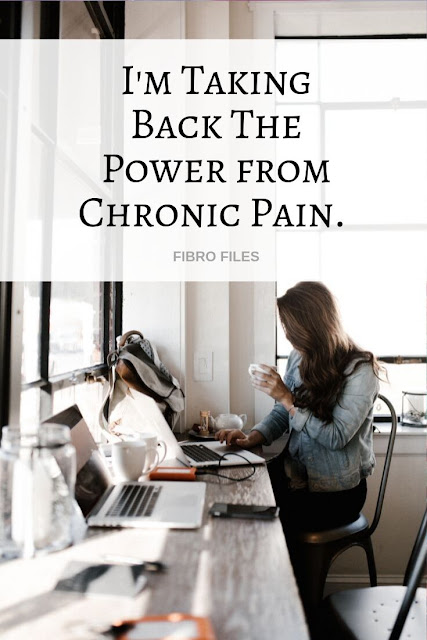- Wearing shoe inserts to reduce pressure on the nerve.
- A steroid injection into the foot.
- Taking pain relievers.
- Don’t wear high-heeled shoes or ones with a narrow toe box.
- Avoid activities that put pressure on the neuroma.
- Ask your doctor about surgery.
Sesamoiditis is the inflammation of tendons near the big toe. It’s a form of tendinitis, common with runners and ballet dancers.
Treatment includes:
- Resting your feet.
- Icing where it hurts.
- Wearing a pad under the toe.
- Taping the toe to immobilize the joint.
- Wearing low-heeled shoes.
- Asking your doctor about steroid injections.
Flat feet, happen when the arches of the feet flatten. It can cause foot pain.
Treatment includes:
- wearing shoe inserts
- shoe adjustments
- resting
Neuropathy is nerve damage in the feet. The pain can be burning, stinging, or feel like electricity. It can happen anywhere in the feet.
Treatment includes:
- Pain relievers.
- Anti-seizure medications.
- Topical treatments.
- Specific Antidepressants that may block the nerve pain.
So what we are seeing from these treatments is that they block the pain but do not cure it. They may provide relief while we continue to use them. When we stop the pain may still be there.
Alternative treatments include:
Acupuncture is one of the few treatments that has been shown to improve nerve function, helping to lessen symptoms and promote healing. Studies on peripheral neuropathy show improvements in clinical symptoms and also objectively showed improvements when testing nerve conduction. (https://www.ncbi.nlm.nih.gov/pmc/articles/PMC8247887/)
Vitamins and minerals: B vitamins are useful in treating neuropathy since they support healthy nervous system function. Peripheral neuropathy is sometimes caused by a vitamin B deficiency. (Healthline)
Tendinitis is inflammation and irritation of the tendons, the bands attaching the muscles to the bones.
Treatment includes:
- Resting your foot.
- Taking pain relievers.
- Steroid injections.
My own personal story with fibro and feet problems.
I have a history of fibromyalgia and peripheral neuropathy. I was a ballet dancer for many years so I am no stranger to foot pain.
Also I have always had a large bone on the heel of both feet which I recently found out is called Haglund's deformity. It has never really caused me a problem until recently except for finding shoes that were soft at the back.
Switch to lower heels
About seven years ago I decided I would never wear heeled shoes again. I wore them very rarely but the last two times I did they caused so much pain and I went over on my right heel both times.
I had difficulty just walking in normal shoes but having so much pain, from fibro, in the legs and hips and feet it is hard to work out where the problem is originating from.
My foot pain did not improve. I started to focus on my feet more. I have found thick rubber soled shoes very helpful. I prefer lace up walking shoes for the best comfort. I was never a person who even wore shoes around the house so this is a big, and beneficial, change for me.
I also researched and bought support socks which really do give a feeling of extra support.
Also wearing supportive socks is very soothing and does seem to reduce the tingling. The ones I really like are Thorlos Unisex Walking Thick Padded Crew Sock or any sock that is padded in the foot. I find they really give more support and less pressure on the foot.
or any sock that is padded in the foot. I find they really give more support and less pressure on the foot.
My peripheral neuropathy became unbearable, as besides being in the feet and legs, hands and arms it was in my face. The doctor at the pain clinic suggested a small anti-depressant dose which worked brilliantly to block the sensations.
Once these tingling pain sensations were blocked I could feel other pains in my feet when I walked or stood too much.
The pain on walking increased and I did develop plantar fasciitis in one foot. I did the prescribed exercises and stretches and after a while the pain subsided.
I then developed pain in the achilles area and the heel. I also realised that the bone that protudes at the back of my heel, (haglund's deformity) was causing a pulling sensation and also aching a lot of the time.
See the doctor.
If you are like me it is difficult to work out what is wrong with your own feet and you really need an expert to navigate through all the pain and limping. I am still awaiting my appointment with the specialist and will update this when I find out the official diagnosis.
How I keep moving.
What I have learnt is it is important to keep my joints moving. However I needed to try different types of exercise because of the painful feet.
I am exercising in water. The buoyancy of the water takes the pressure off my ankles and feet and I can move more freely than I can on land. I can also get my heart rate up, for a short while, so this may help with weight loss.
Support shoes
I went to the Athletes Foot shoe store where they assess your walk and they said my right foot was pronating which means it needs an arch support. I purchased the shoes they suggested and I can feel that they support my feet much better but I still have foot pain.
I also purchased the shoe inserts they suggested which I can put in my other shoes. These orthotics have a slight arch and extra heel support.
So my suggestions for reducing foot pain include:
- Switch to lower heels.
- Lose weight if you need to.
- Exercise in water.
- Wear support socks.
- Wear support shoes designed for your foot.
- Wear orthotics.
- See a foot doctor: a podiatrist or an orthopaedic foot and ankle surgeon.
So you can see that feet problems can be ongoing and complex. I have learnt a lot but am still awaiting professional help.
Do you have a foot problem that I have not mentioned here? I would love to hear about it.
RESOURCES:
National Institute of Diabetes and Digestive and Kidney Diseases (NIDDK)
U.S. National Library of Medicine.
WebMD
Arthritis Australia  on Amazon.
on Amazon.











